I just learned about a photographic technique. A cinemagraph is based on the animated GIF format, but is a far cry from the dancing baloney that gave animated GIFs a bad name in the late 1990s. Cinemagraphs are a combination of still imagery with subtle motion, kind of like the photographs in the Harry Potter movies.
This is not a new technique – the first documented example was for a video game in 2008. The term was coined in 2011 by Kevin Burg and Jamie Beck, who used the technique in their fashion photography. Here’s an example from their website, cinemagraphs.com:

I don’t exactly remember where I stumbled upon the term. It was probably Reddit, where I find most new things lately. There is a Subreddit dedicated to cinemagraphs, but as with so many of these things lots of the posts there aren’t really cinemagraphs in my mind.
Once I was aware of them, though, I found lots of them online. This is one case where Pinterest has come in handy, and I’ve been pinning examples that I like to a dedicated board.
My preference is for a well-crafted photograph that has subtle motion, as with the example above. As I’ve been looking at these I’ve found some examples that I really like. Several of them use a slight breeze for the movement, such as this one by Judith de Graaff…

…and this one found on Flickr…

Other good subjects are water and fluids. I found several examples of perpetual pouring.



One subject that intrigues me is where everyone is frozen but for one person.

I’ve seen some other very creative ones that are a bit…less subtle.
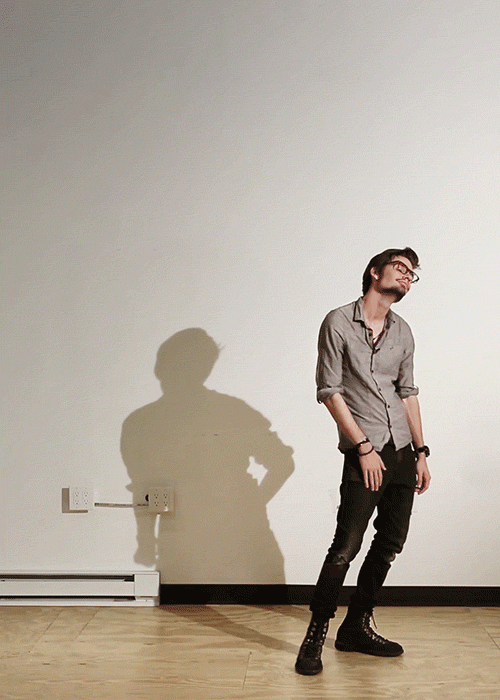
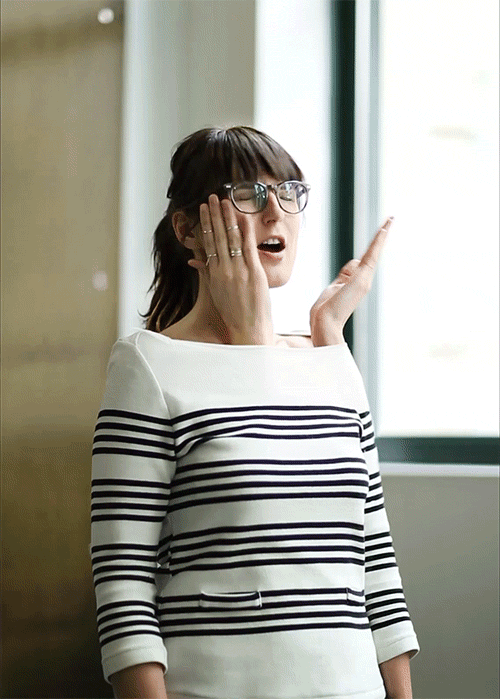
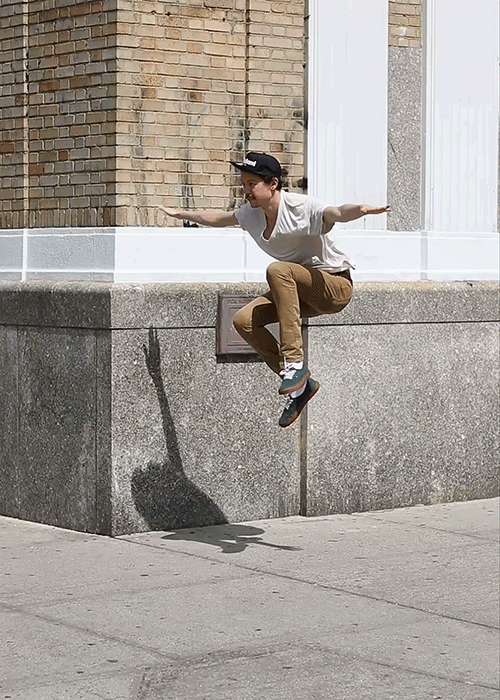
On the Subreddit one popular technique is to take captured stills from movies and loop them, such as these from Cast Away, Little Miss Sunshine, and Big Hero 6…

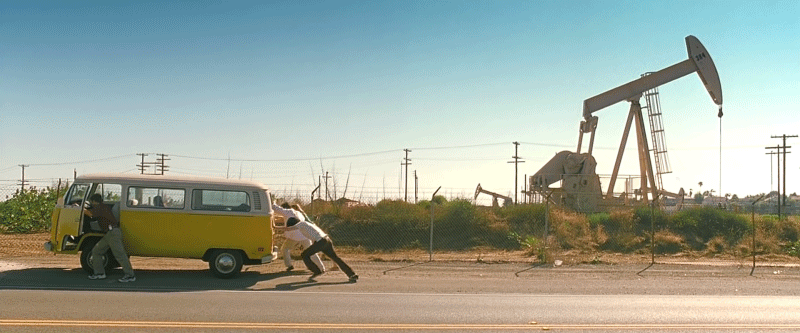
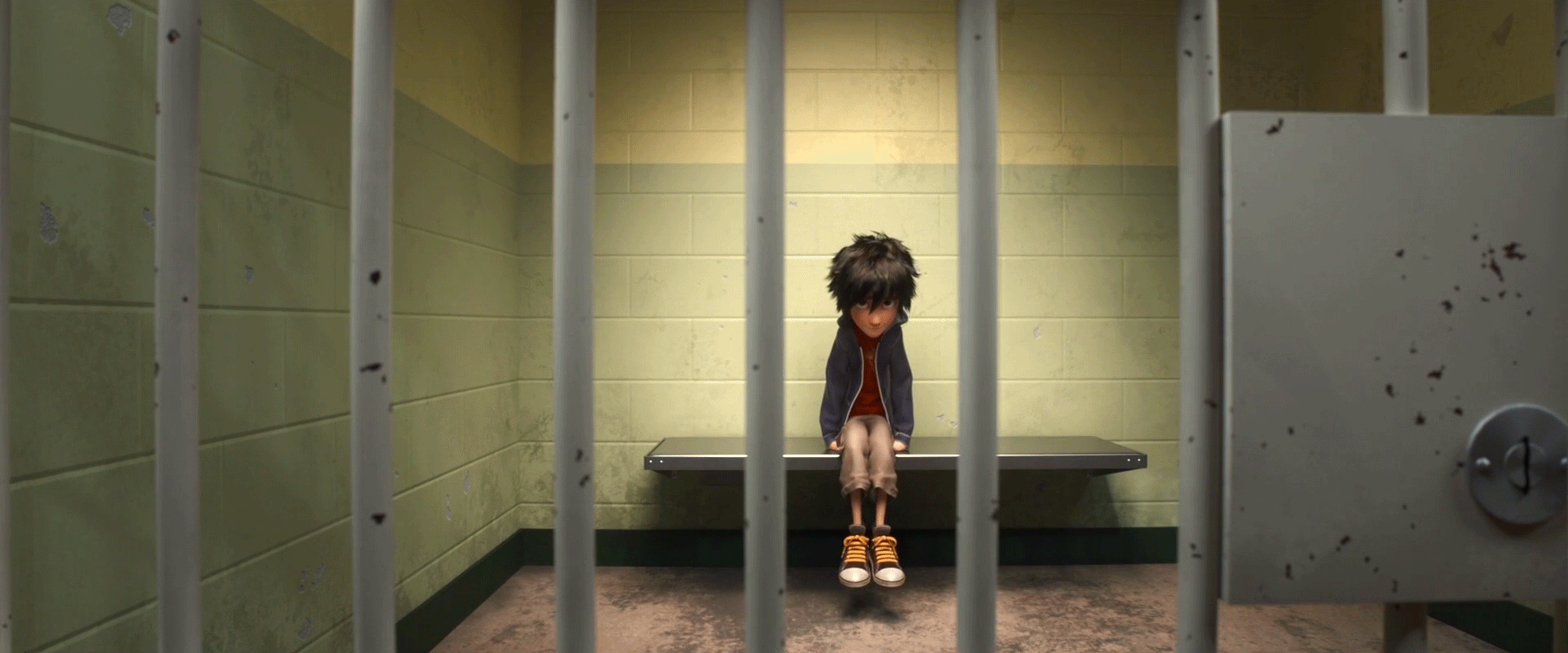
It seemed that every time I came with an idea for a photo, someone had already done it. Regardless, I wanted to try my hand at them. There are quite a few excellent tutorials online. In the next part I’ll cover some of these processes and some of my feeble attempts to create cinemagraphs.